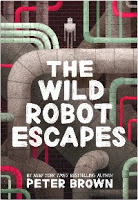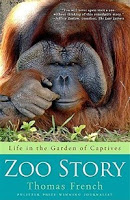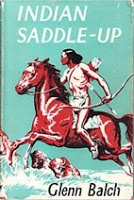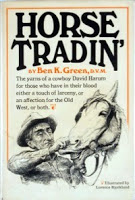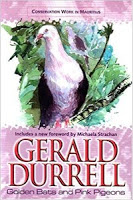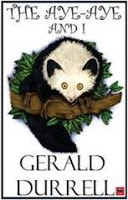by Peter Brown
Sequel to The Wild Robot. My kid brought this one home from school, and we were reading it together as a bedtime story. But then of course she read ahead, finished first, and I had to catch up later. Sorry, there are a few spoilers below.
Picking up straight where the previous book left off, Roz the robot has been refurbished and sent to work on a farm. The farm is mostly run by technology- this farmer rarely leaves his house- but has fallen into a lot of disrepair. Roz is there to fix it all up. But she\’s no ordinary robot, she remembers acutely her old life on the wild island, and misses the animals especially her adopted son the goose. Roz starts having conversations with the dairy cows on the farm, but can\’t let any humans know of her ability to talk to animals- she\’ll be seen as defective and sent back to the factory. She comes to befriend the farmer\’s children, who help her make a plan to run away, and return home to her island. When the moment comes- after a lot of difficulty- Roz is suddenly torn- having grown attached to the children, the cows, the farm itself. Ahead of her is a long, dangerous journey. Migrating geese find her and spread the word, so eventually she comes in contact with her \’son\’ again and they travel together. They have to face down wolves, a ram that randomly bashes anyone with its horns, human hunters and terrible storms. They see other farms, some operating with greater efficiency than the one Roz worked at, but at greater suffering to the animals- this isn\’t elaborated on, it\’s kind of mentioned in passing. As is the presence of an abandoned mine, the idea of humans living on a space station, working conditions for other robots, and so on. Lots of big issues, gently skirted by.
Eventually Roz and Brightbill the goose have to travel through cities, where the robot tries to blend in but eventually attracts attention and has to run for her life again. Flocks of city pigeons mobilize to help her, a rat leads her through the sewers, but she ends up back at the factory anyway- where she meets the very scientist who made her. The doctor is adamant that Roz must be destroyed- the public fears her aberrant behavior- but first she insists on having a few long talks with Roz, and finds the robot\’s way of thinking fascinating. Will Roz be melted down into parts? or will she finally find a way back home to her island. There, I left you something to find out!
Borrowed from the school library.
Rating: 3/5 278 pages, 2018
